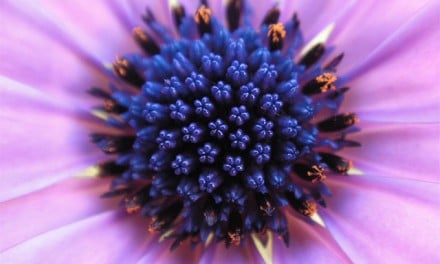Piers and boardwalks in photography illicit positive memories as many greetings occurred as ships and boats returned from their time on the water. They also represent a sense of melancholy as we’ve waved farewells while watching our loved ones fade into the sunset from that same spot.
With piers and boardwalks, there are many compositional elements to choose from. Sunrises and sunsets are an obvious and never overrated element. Weather patterns with fluffy white clouds or turbulent gray skies complement or become the scene. Piers with their architectural structures have leading lines, beams, weathered wood, and forged iron support systems. Water can be smooth as glass, buttery and soft to harsh sprays of waves.
In color, black and white, HDR or special processing – a single pier capture can be interpreted many different ways using the photographer’s own style and creativity.
→ Related reading: Water Photography: Composition and Creative Ideas
There is much to choose from a photography perspective that it’s easy to spend hours or have return trips to the same location as weather conditions and lighting changes. We’ll provide images for inspiration along with tools and techniques to maximize creativity and image quality.
Underneath an empty pier, leading lines of the waves and beams guide the eye out to sea.
Piers exist on oceans, lakes and ponds. The old, broken boardwalk surrounded by a forgotten pond gives a feeling of silence and a sadness.
Tools: Lenses, Tripod & Release, Filters
Lens Selections
Extra-wide angle zooms – Extra wide is anything 24mm and smaller in focal length. They effectively capture the feeling of leading lines, large-scale views and the desired distorted perspectives that accentuates features. The use of a tripod is recommended to ensure that you have vertical and horizontal alignment. The in-camera virtual horizon (looks like a compass) is a valuable tool in ensuring alignment.
Wide angle to mid range zooms – A true workhorse lens range. Many of these lenses start at 24mm and extend to longer lengths. This lens’ focal lengths work across portraiture, studio, landscapes, architecture (both exterior and interior), events and weddings.
→ Related reading: Reviews of the Best Wide Angle Lenses for Canon DSLRs and Reviews of the Best Wide Angle Lenses for Nikon DSLRs.
Use a slower shutter speed to blur the movement of the people walking on the pier, clouds and waves. This can occur with low light photography or the use of a neutral density filter.
Telephoto – Don’t leave the telephoto behind. There are distance points that a telephoto can optimize. Additionally, pelicans, egrets and other birds’ natural habitat is supported by water life. It’s not uncommon to find that birds are used to humans allowing for great bird photography along the railing, walkways, shoreline and entrances.
→ Related reading: Reviews of the Best Telephoto Lenses for Canon DSLRs and Reviews of the Best Telephoto Lenses for Nikon DSLRs.
A view of the broken pier below needed a telephoto to illustrate the hurricane’s damage.
Macro – Up close, detailed shots of textures in the wooden boards, patterns in rust, shells and stones along the beach can call for macro moments.
Prime Lenses –With primes, you may need more lenses to cover a big range due to the one fixed length. These little lenses are punched with power in terms of speed, weight, image quality and price. Primes are available in many focal lengths. For piers – distances of 14mm, 24mm, 28mm, 35mm would all fall into the wide angle category.
A 28mm prime captures sharp details and color.
Filters
Softening the water and waves – a Neutral Density Filter is essentially colored glass that doesn’t change the color of the image. It reduces the amount of light passing through the lens to the sensor allowing for a slower shutter speed. They come in a variety of densities.
Extending the day/maximizing the color – a Circular Polarizing (CP) Filter serves as polarized sunglasses for your lens. The more sunlight, the harsher the rays, colors become less intense. Adding a CP extends the day and brings back the color the sun sapped away. By rotating the filter and you’ll observe the changes in color saturation.
Our article An Introduction to Filters for the Landscape Photographer offers information on the primary filter types.
Remote Cable Release & Tripod
The remote cable release releases the shutter remotely using a trigger versus pressing the shutter button on the camera. When the camera’s shutter is pressed, there is always some shutter shake. Shutter shake may or may not be noticeable in an image given the settings used. When working with slower shutter speeds, a remote release combined with a tripod is highly suggested to get good, high quality images.
Tripod & Tripod Head
A good tripod system is an investment in your photography and image quality. As a good lens makes a difference in image quality, a good tripod sturdy tripod makes a difference as well.
Protect You and Your Gear
As you venture along the water’s edge be careful of the tide. You don’t want your camera getting wet or swept out to sea. When it’s time to venture back home, wipe down all gear to remove sand, sea salt and leave it out to dry out completely.
If changing lenses while near the beach or water, try to find an enclose area that is free from winds and drafts. The damp atmosphere and blowing sand is not a sensor’s friend.

















